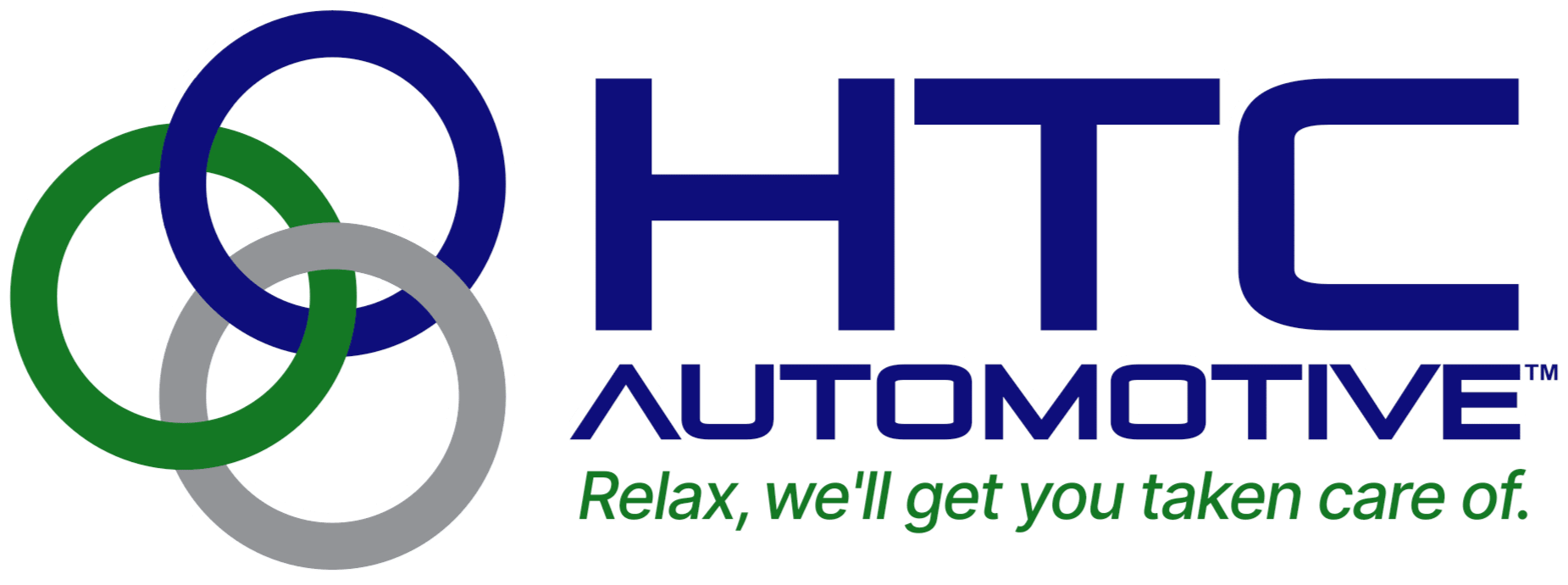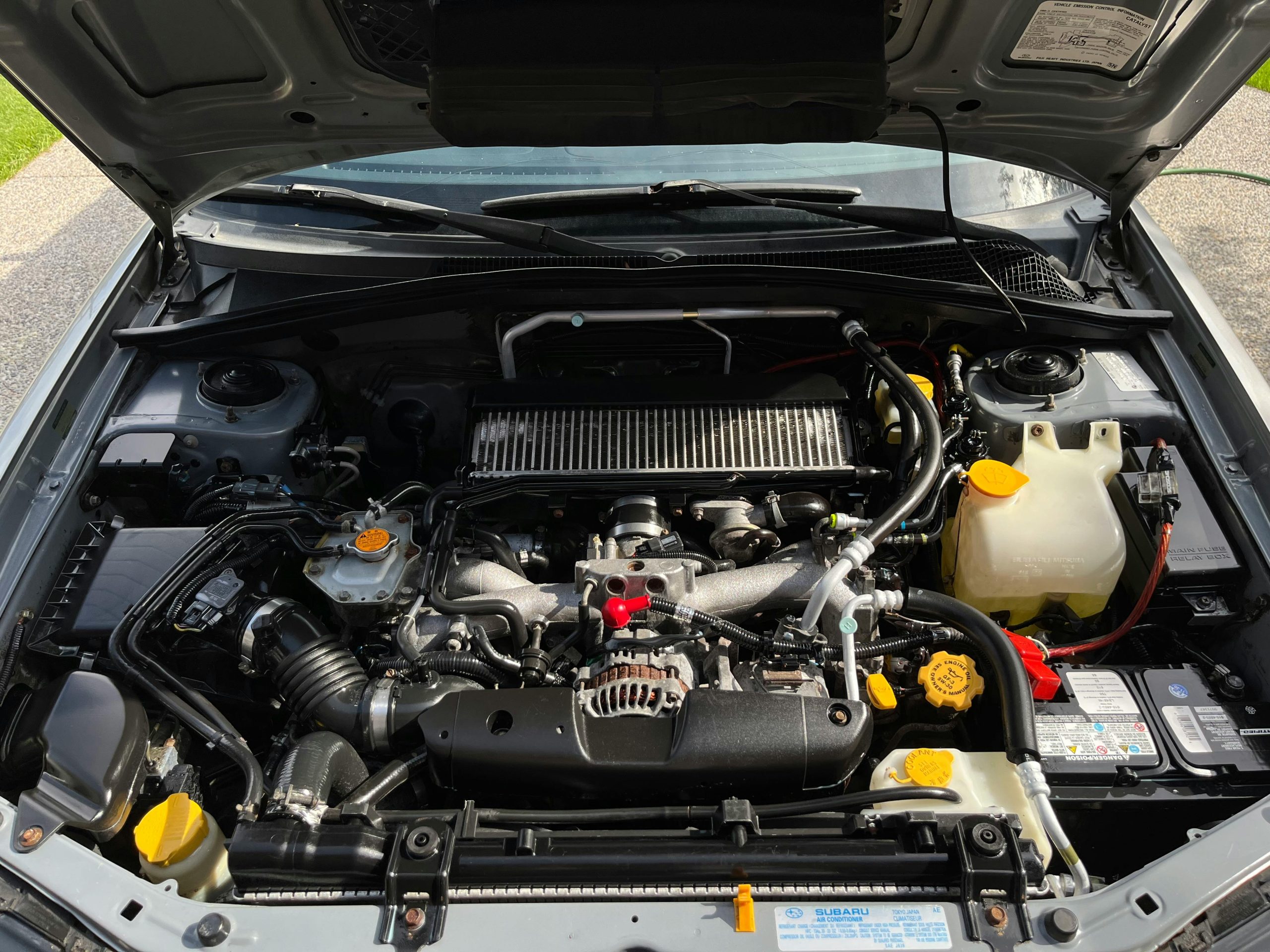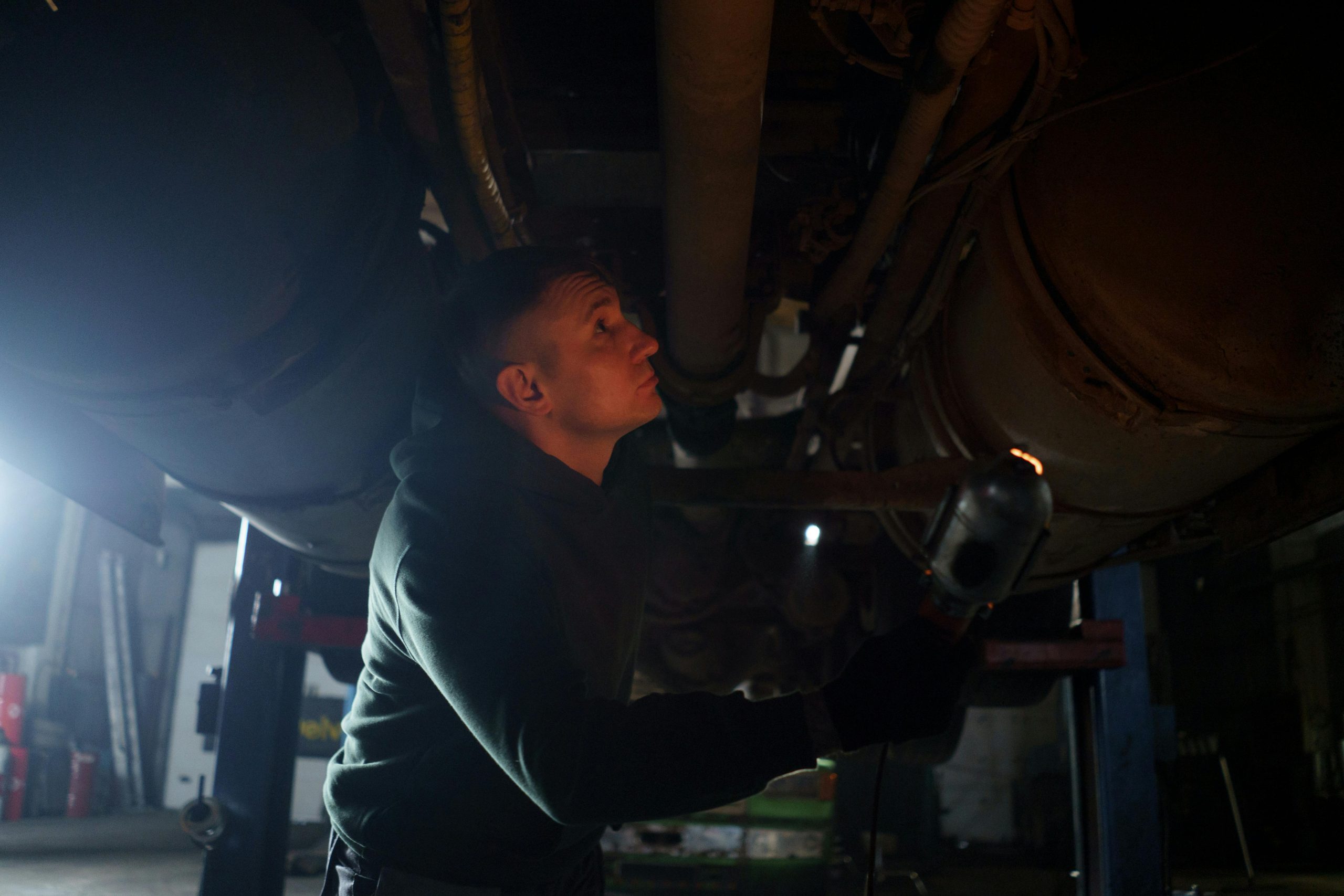You’re on the road and you notice your steering feels off; it’s likely your rack and pinion showing signs of wear or damage. Handling this properly isn’t just about avoiding a repair bill; it’s a critical safety concern.
You must understand how to recognize the symptoms of a failing rack and pinion to maintain control of your vehicle. Steer clear of rapid lane changes and abrupt turns, which can exacerbate the problem.
What’s next, you might wonder? Well, there are crucial steps to take that guarantee you aren’t just limping along to your next destination but are safeguarding your journey.
Recognizing Rack and Pinion Damage
If you notice your steering feels loose or hear clunking noises, it’s likely your rack and pinion are damaged. This is a clear sign that you’re facing a critical safety issue that needs attention.
When part of your automotive family starts failing, it affects your whole driving experience. Steering wheel play, or excessive looseness, is a common symptom of rack and pinion damage. It might feel like the steering wheel is disconnected from the wheels, making precise control a challenge.
Alongside this, you might also experience steering wheel vibrations and difficulty turning, which are telltale signs of damage. These issues aren’t just inconveniences; they create unsafe driving conditions that put you and others at risk.
If turning your car feels tougher than usual or the vehicle pulls to one side, it’s important to acknowledge these warnings. Uneven tire wear can also point to a compromised rack and pinion, indicating uneven distribution of steering control.
Assessing Steering Control
To assess your steering control, start by checking for any looseness or tightness in the steering, listening for clunking noises when turning, and feeling for unusual play or binding sensations. This initial check is important in identifying potential issues with your rack and pinion system, which is central to maintaining precise steering control.
As you perform these checks, pay close attention to how your vehicle responds. If the steering feels unusually loose or tight, it could be a warning sign that the steering components are becoming worn or damaged. Regular maintenance checks are essential in catching these problems early, ensuring that you’re not caught off guard by a sudden loss of steering control.
Moreover, be on the lookout for visible wear on the rack teeth. Such wear can greatly compromise your vehicle’s steering control, making it difficult, if not dangerous, to handle the vehicle especially in critical situations.
If you detect any of these issues, it’s not just advisable but necessary to seek a professional inspection. Remember, the safety of your driving experience hinges on the integrity of these components, so don’t underestimate the importance of these assessments in your regular vehicle maintenance routine.
Consulting a Professional Mechanic
Seeking guidance from a professional mechanic guarantees that any damage to your rack and pinion system is accurately diagnosed and appropriately repaired. When you consult a mechanic, you’re not just getting a repair; you’re accessing a wealth of experience that confirms your steering rack is in the best possible hands.
A professional mechanic will thoroughly assess your rack and pinion steering to pinpoint the specific issues; whether it’s a leak in the power steering fluid, a worn tie rod, or other critical concerns that compromise your safety.
They have the tools and expertise to test the system thoroughly, which is something you can’t replicate on your own.
Temporary Driving Adjustments
If you’re driving with a damaged rack and pinion, you might need to make several temporary adjustments to guarantee safe handling. First, consider removing the power steering belt. This proactive step can prevent further damage to your power steering pump, an important component of your rack and pinion steering system.
Without the belt, you’ll notice an increase in steering effort, especially noticeable at lower speeds where the assistance typically provided by the power steering is more pronounced.
Increased steering effort means you’ll need to apply more physical strength during driving maneuvers, particularly when parking. It’s crucial to prepare for this change to maintain control of your vehicle.
Regular checks of your power steering fluid are necessary during this period. Keeping the fluid at the correct level ensures that the remaining components o
Preventative Maintenance Tips
Regularly inspecting your rack and pinion system helps prevent safety hazards and prolongs the component’s lifespan. It’s an essential part of ensuring your vehicle remains reliable for those long journeys and daily commutes.
One of the cornerstone practices in preventative maintenance is adhering to the manufacturer’s recommended schedule. This isn’t just a guideline; it’s your roadmap to safe driving. Make it a habit to check your power steering fluid levels regularly. A simple top-off can be the difference between smooth steering and a stiff, unresponsive wheel.
Don’t hesitate to bring in a professional mechanic for an inspection. They have the expertise to spot issues that you might miss. Addressing minor leaks or wear early on can save you from more significant problems down the road.
Being proactive with your rack and pinion system isn’t just about maintenance; it’s about being part of a community that values safety and responsibility on the roads.
Conclusion
Remember, driving with a damaged rack and pinion is like walking a tightrope: any sudden move can lead to disaster.
Prioritize your safety; avoid long trips and stick to familiar, less crowded routes.
Imagine you’re piloting a fragile, antique plane; you’d handle it with the utmost care, right? Apply the same caution here.
Until a mechanic gives the all-clear, treat your car with kid gloves, and don’t underestimate the importance of regular inspections to catch issues early. Stay safe out there.



